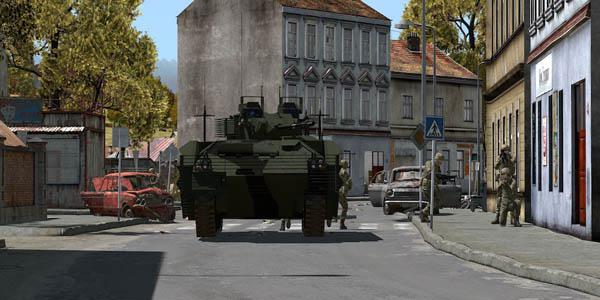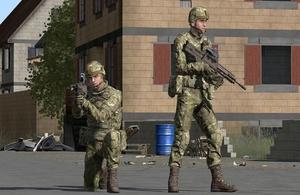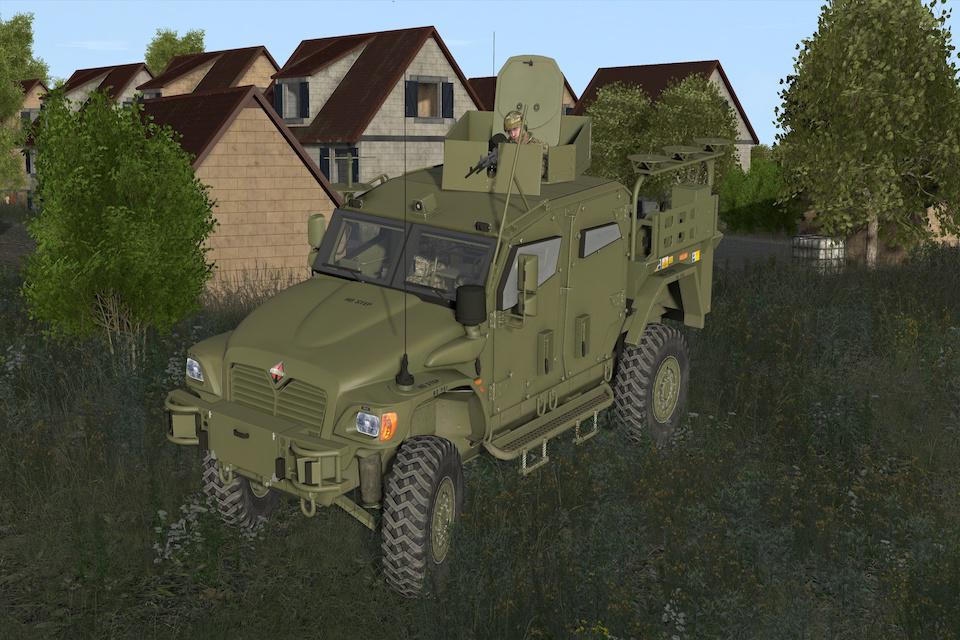Program Tests Value of Virtual Training
The British Army is exploring how virtual reality can be integrated into soldier training. Virtual Reality in Land Training (VRLT) technology allows soldiers to train in complex and hostile simulated scenarios that are difficult to recreate on a training ground. The system will place troops in the middle of an urban firefight, intense crowd control situation or within a building filled with enemy soldiers.
Virtual reality enables training situations to be set-up quickly, re-run and analyzed to demonstrate the most effective approaches to real-life battlefield challenges. At the end of the pilot program, recommendations will be proposed about how to best exploit the technology for soldier training.
The VRLT pilot program will test specific virtual reality applications. High-resolution virtual reality headsets improve environmental immersion; mixed reality technology enables warfighters to see and interact with physical objects; and avatar customization replicates realistic facial features and body shapes so users can recognize their fellow soldiers. The program also will include after-action review enhancement that captures and analyzes data so soldiers can better understand their own performance.
Bohemia Interactive Simulations (BiSim) created the VRLT and will demonstrate the advantages of virtual reality, machine learning and cloud computing as part of the army’s Collective Training Transformation Programme. The VRLT contract was awarded through the £800 million (more than $1 million) Defence Innovation Fund, which helps develop cutting-edge ideas to benefit frontline warfighters.
“The army has a reputation for world-class training, which prepares our people for demanding and complex operations,” Brig. Bobby Walton-Knight, CBE, Army Head of Training Capability, said. “Our training continually develops, and so we constantly look for the best technology to make it as effective as possible. Innovations such as virtual reality offer immersive and flexible training, and this pilot is pushing the boundaries to explore how we might make best use of it.”
UK armed forces utilize simulation to hone the skills of other service personnel. For example, RAF Odiham unveiled Chinook simulators that replicate real-life operations, and the Royal Navy uses bridge simulators that create an immersive experience and allows officers to take charge of a vessel in different weather and emergency conditions.







Comments